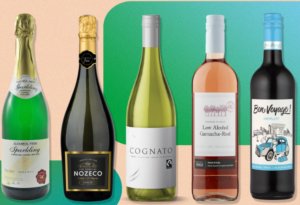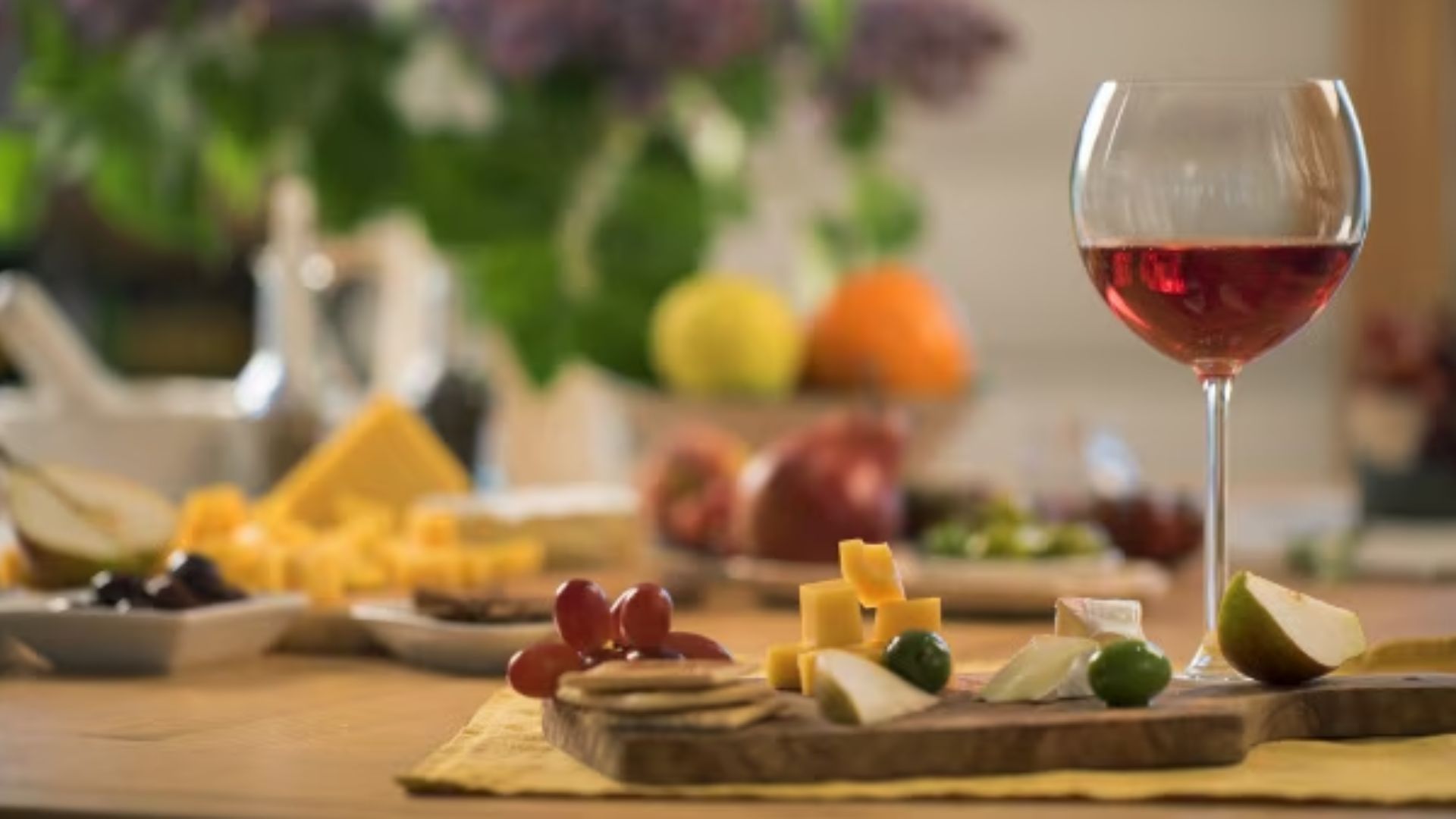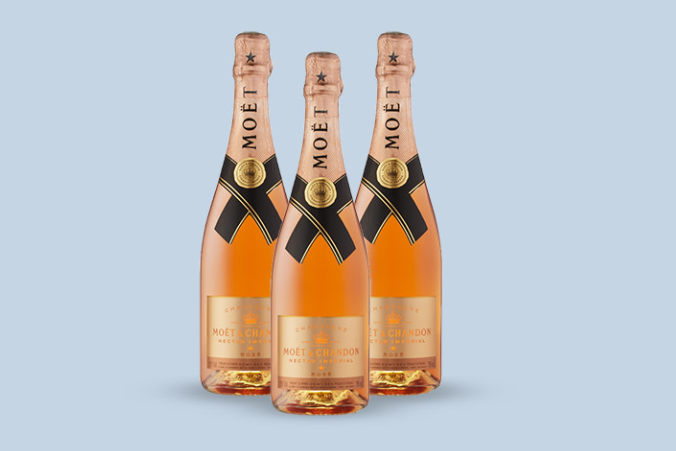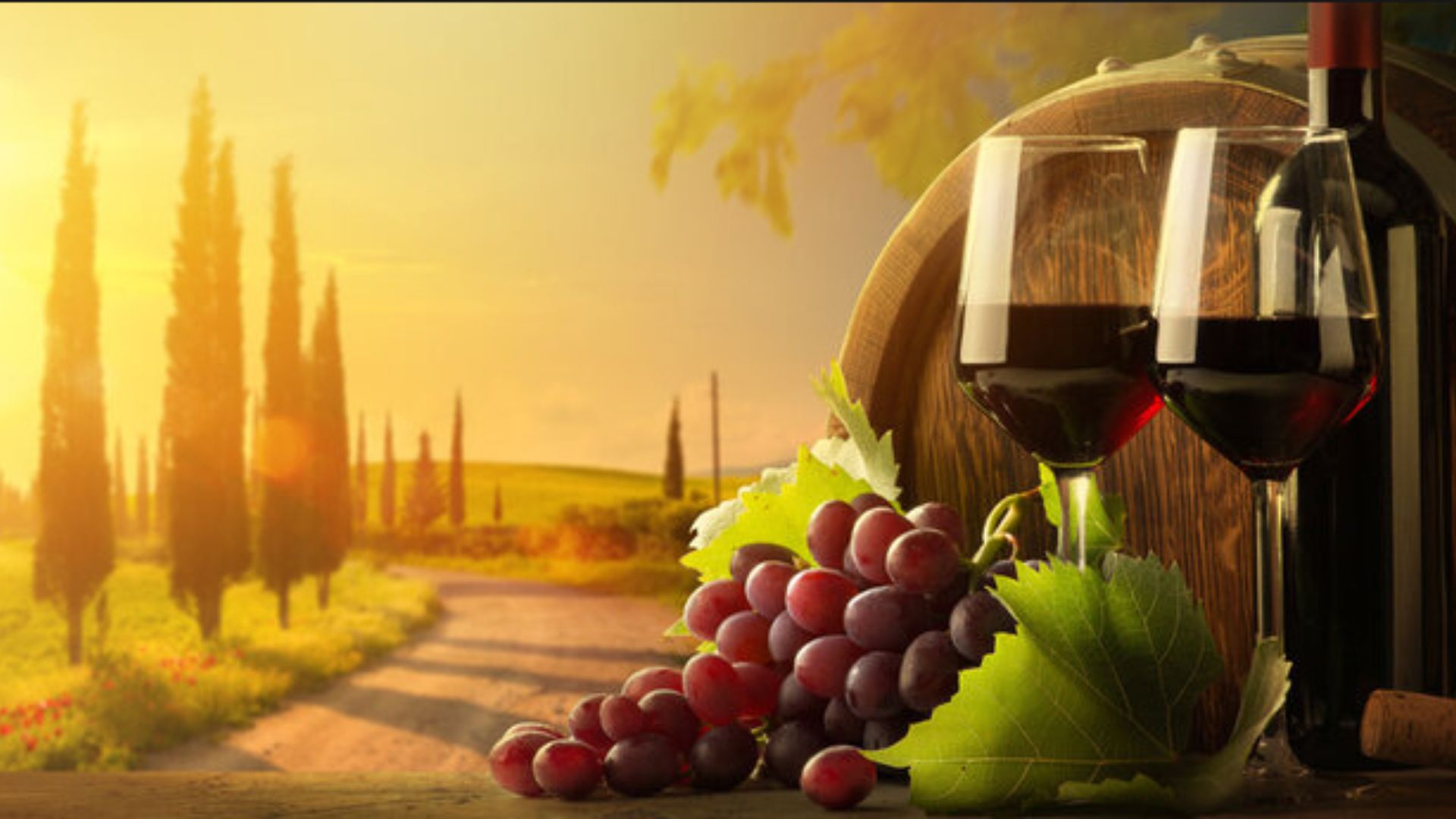When it comes to enjoying a glass of wine, the swirling aromas and flavors often take center stage. But have you ever wondered about the intricate factors that contribute to the composition of this beloved beverage? One such consideration is the alcohol content in wine, which is influenced by various elements, including weather conditions during the grape-growing season. In this article, we delve into the question: Is wine truly an alcoholic beverage, and how does weather play a pivotal role in shaping its character?
Alcohol in Wine: The Basics
Wine is undoubtedly an alcoholic beverage, containing ethyl alcohol, also known as ethanol. Ethanol is a natural byproduct of the fermentation process in which yeast consumes sugars present in grapes, converting them into alcohol and carbon dioxide. The alcohol content in wine is typically measured in terms of alcohol by volume (ABV), with most wines falling within the range of 8% to 15% ABV. This ethanol content is responsible for the warming sensation and slight intoxicating effects that wine enthusiasts often savor.
Weather’s Influence on Grape Ripening
Transitioning into the role of weather, it’s essential to understand its impact on grape ripening. Weather conditions during the grape-growing season significantly affect the sugar accumulation in grapes, which in turn influences the potential alcohol content in the resulting wine. Warmer temperatures tend to expedite the ripening process, leading to higher sugar levels in grapes and subsequently, higher potential alcohol levels in the wine.
Sunshine and Sugar Development
Sunshine acts as a catalyst in grapevine photosynthesis, allowing the vines to convert carbon dioxide and water into glucose (sugar) and oxygen. Consequently, ample sunlight exposure during the growing season enhances sugar accumulation in grapes, providing more fermentable sugars for yeast to convert into alcohol. This correlation is particularly noticeable in regions with abundant sunlight, contributing to wines with higher alcohol levels.
Cool Nights and Acid Balance
While sunshine plays a vital role, the interplay between warm days and cool nights is equally crucial. Cool nighttime temperatures preserve the grapes’ natural acidity. Acidity is a key component in wine, providing balance to the sweetness from sugar and the bitterness from tannins. When grapes maintain their acidity due to cool nights, winemakers have more flexibility in managing the fermentation process to achieve desired alcohol levels without sacrificing the wine’s overall structure and harmony.
Water Stress and Concentration
Water stress, a condition where grapevines receive less water than needed, can also influence alcohol content. During times of moderate water stress, grapevines allocate more energy towards sugar production, intensifying the flavors and sugars within the grapes. This phenomenon can lead to higher alcohol levels as well as more concentrated flavors in the resulting wine.
The Role of Rainfall
Rainfall patterns during the grape-growing season present another dimension to the weather-alcohol relationship. Excessive rainfall can dilute the sugars in grapes, potentially leading to wines with lower alcohol content. On the other hand, controlled and balanced water supply is essential for healthy grape development. A well-timed rainfall can revitalize the vines, allowing them to continue the ripening process and contribute to a balanced wine profile.

Conclusion
In the realm of winemaking, wine is undoubtedly an alcoholic beverage, owing its alcohol content to the fermentation process. However, weather conditions during the grape-growing season wield a considerable influence over the alcohol levels and overall character of the final product. Sunshine promotes sugar development, cool nights preserve acidity, and water stress enhances concentration, all shaping the wine’s essence. The delicate dance between weather and grapevines showcases the intricate nature of winemaking and how the environment plays a pivotal role in crafting the wines we enjoy.




